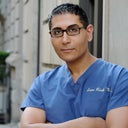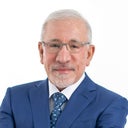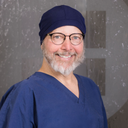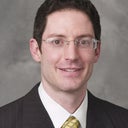I had open Rhinoplasty 3 months ago. I think I have supra alar pinched tip, although the tip itself is not pinched. This is my picture, can you please confirm this? Do you think the tip itself is still swollen so it makes it look even worse?
Another thing, what is the cost and recovery process for a revision for this issue? Is it like the open rhinoplasty? Can I use fillers instead or is the pinching too deep? Sorry for all the questions but I am confused. Thanks!
Answers (35)
From board-certified doctors and trusted medical professionals
More Revision Rhinoplasty Questions
See all Revision Rhinoplasty Q&AWE SEND PRETTY
EMAILS
What’s trending? Who’s turning heads? Which TikTok myths need busting? We’ve got you. No fluff, no gatekeeping—just real talk. Get our free, unfiltered newsletter.









